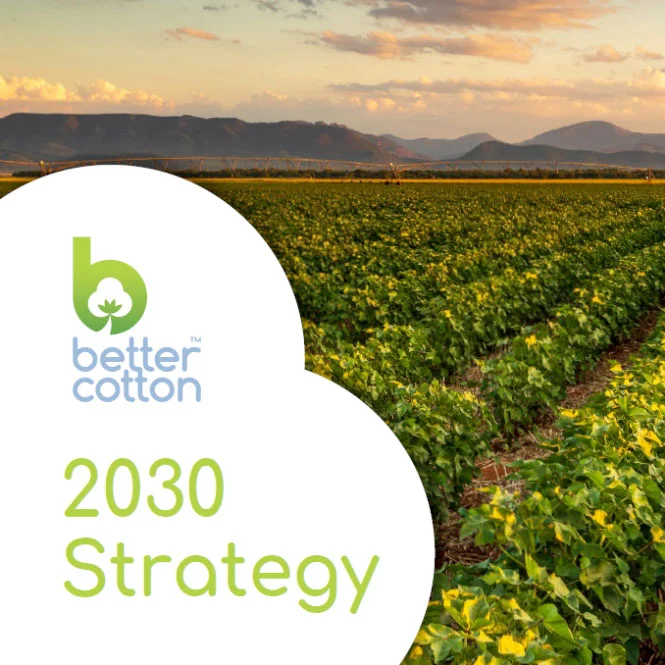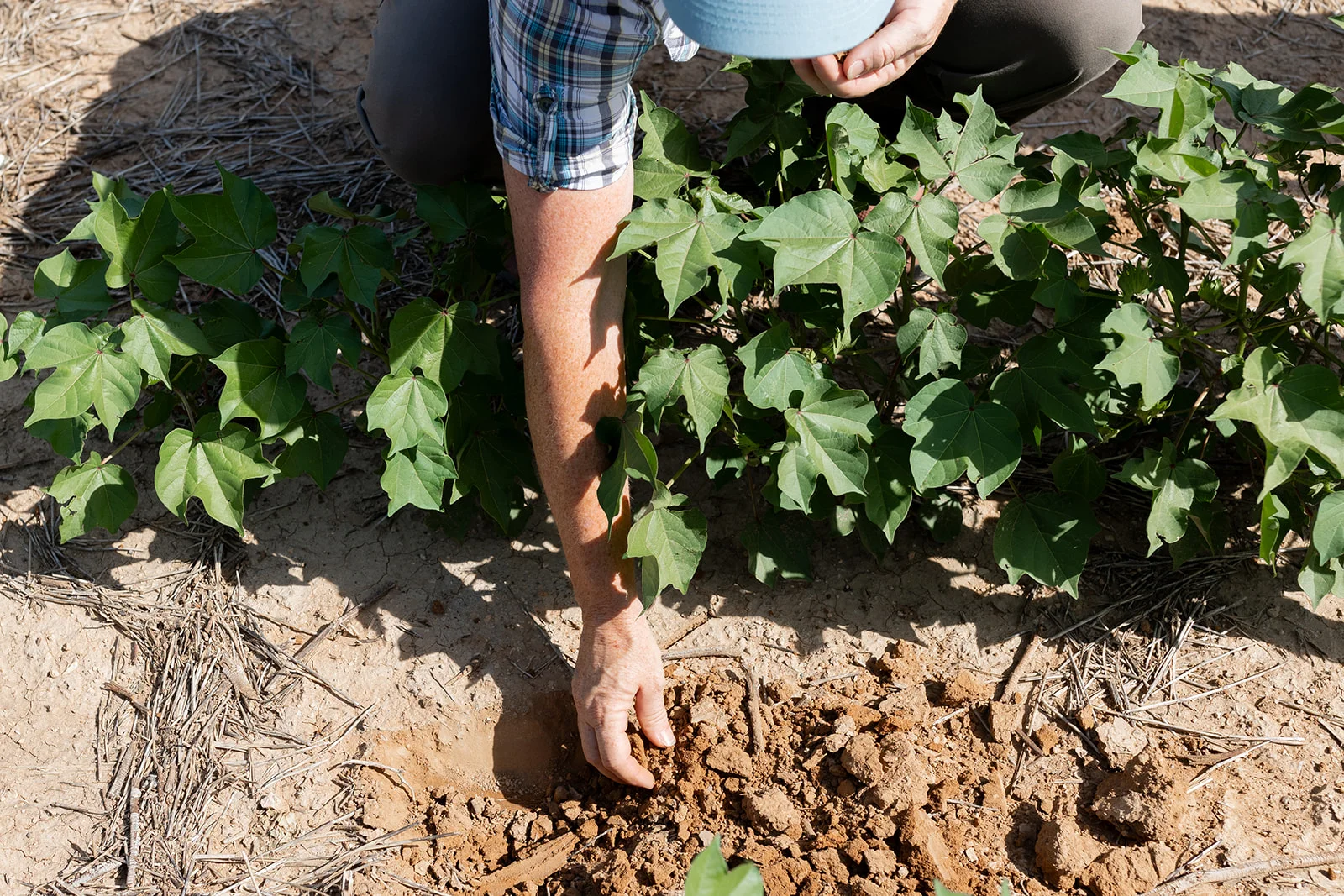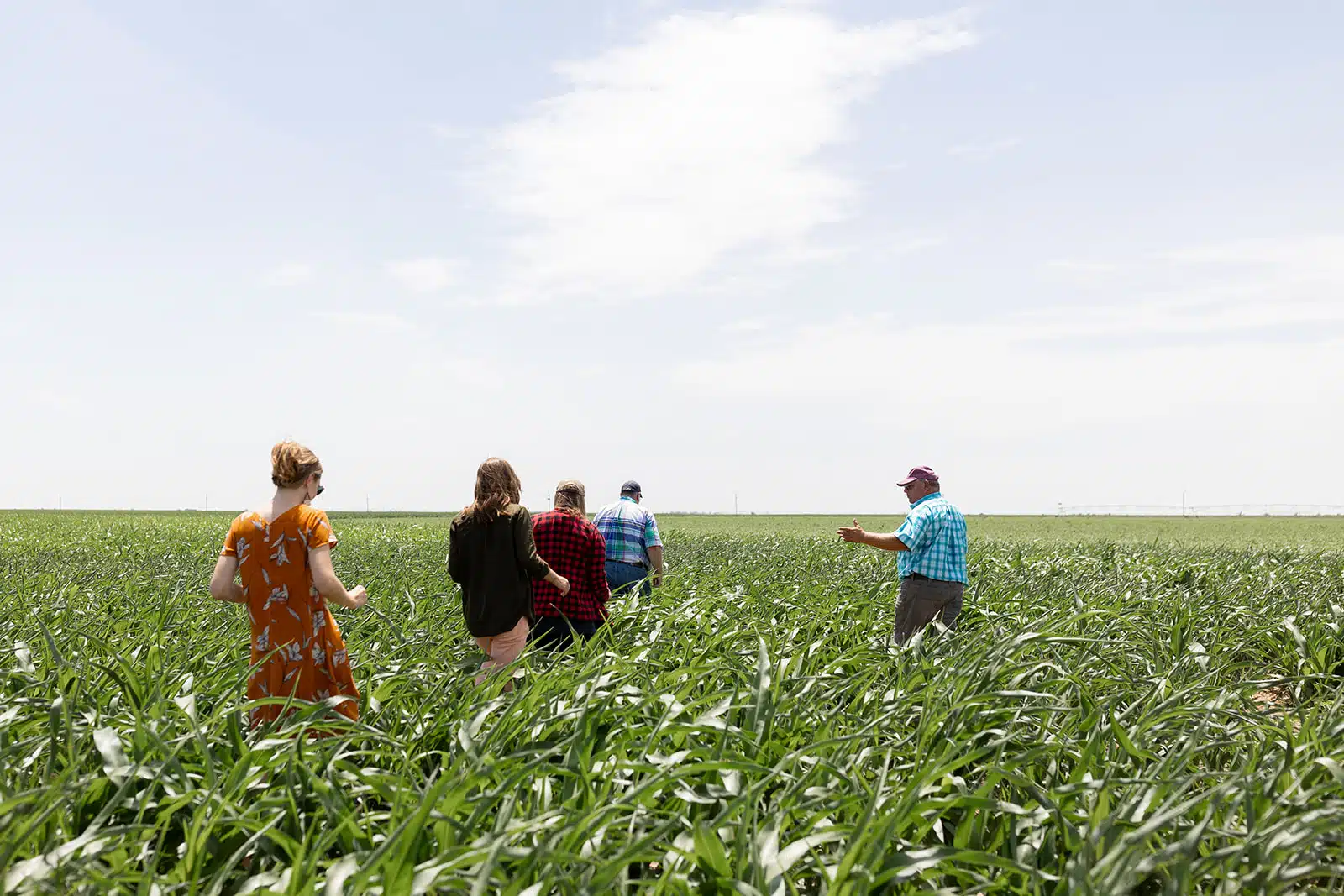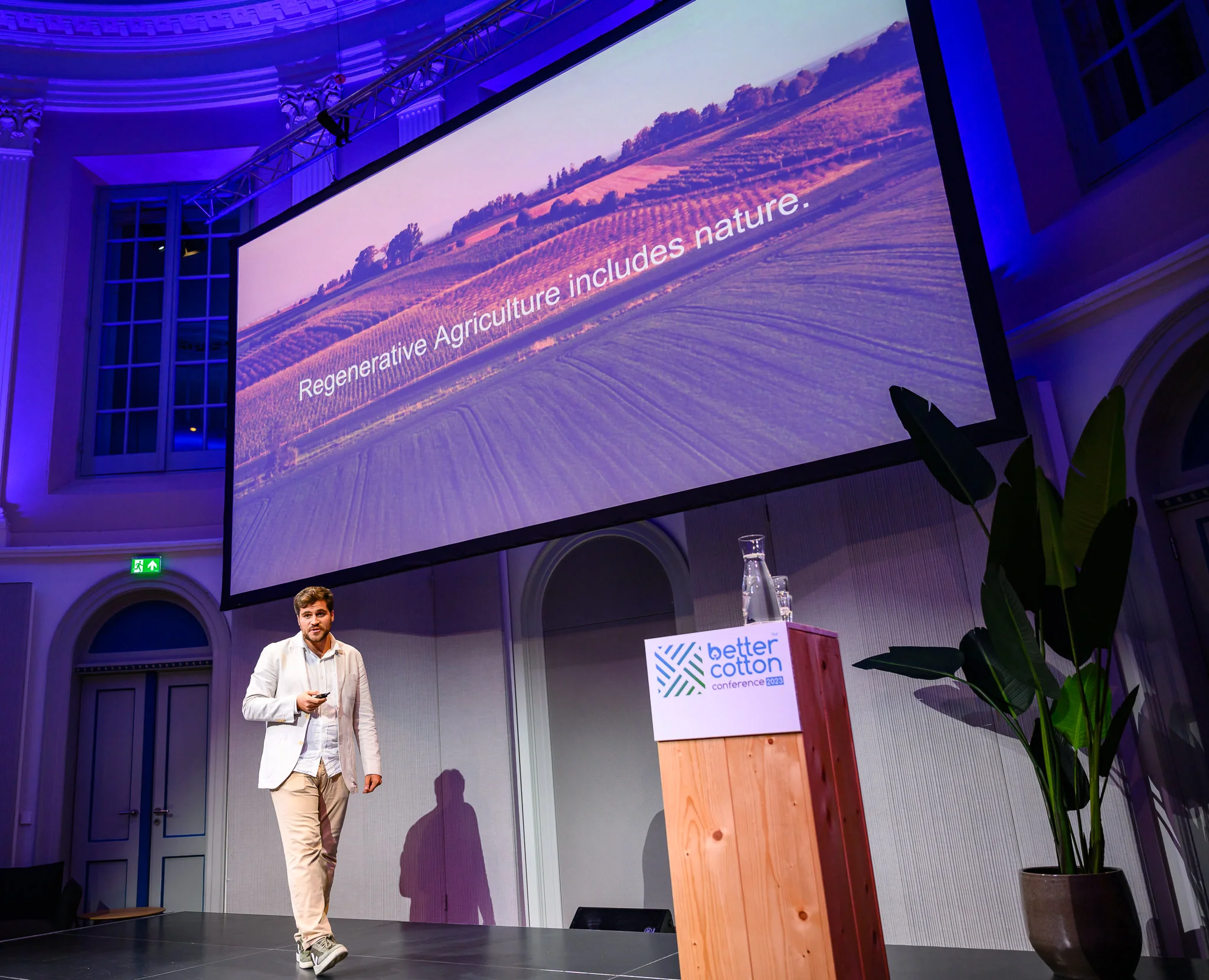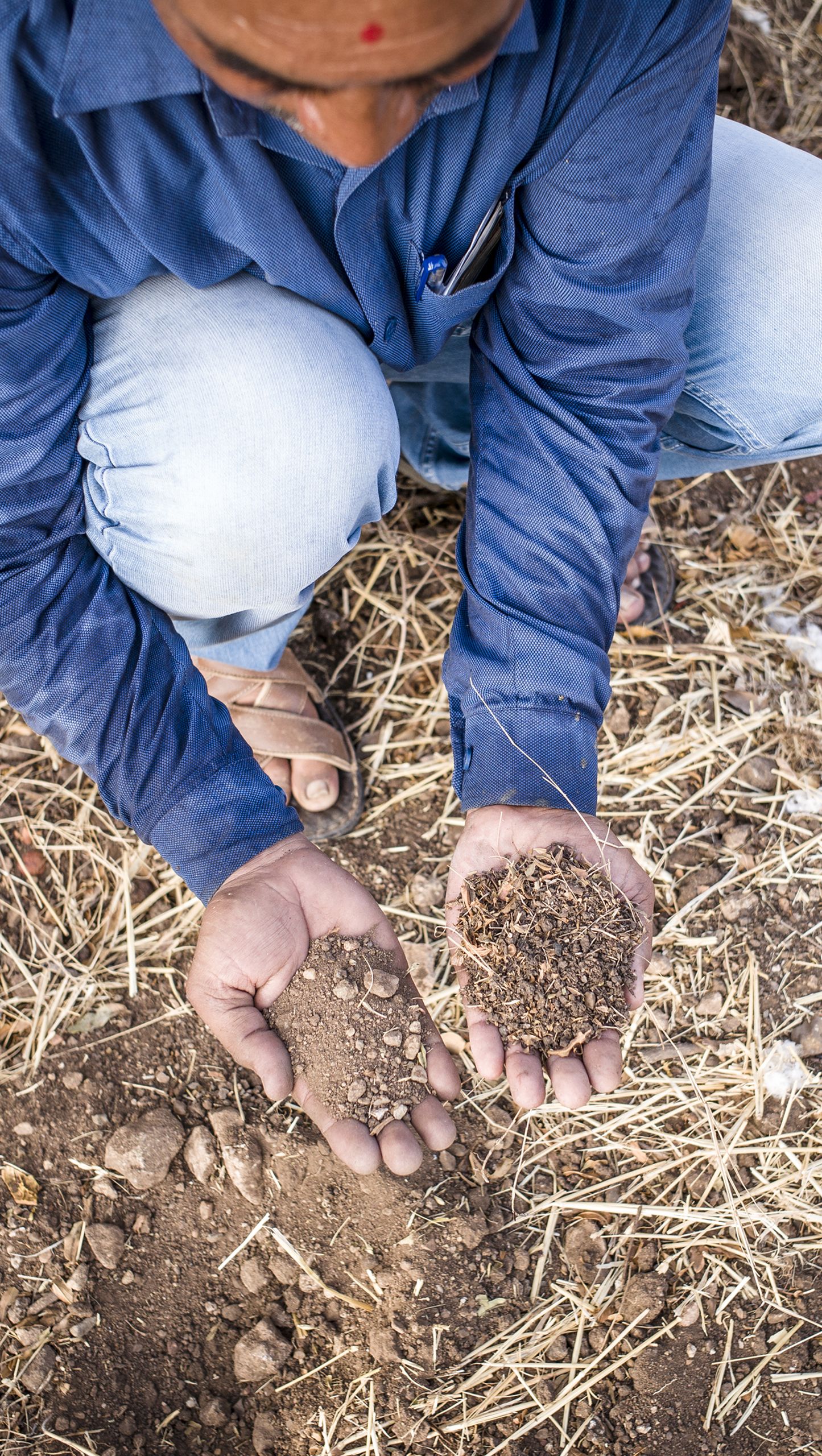- Who we are
- What we do
In just over 10 years we have become the world’s largest cotton sustainability programme. Our mission: to help cotton communities survive and thrive, while protecting and restoring the environment.
- Where we grow
Better Cotton is grown in 22 countries around the world and accounts for 22% of global cotton production. In the 2022-23 cotton season, 2.13 million licensed Better Cotton Farmers grew 5.47 million tonnes of Better Cotton.
- Our impact
- Membership
Today Better Cotton has more than 2,700 members, reflecting the breadth and diversity of the industry. Members of a global community that understands the mutual benefits of sustainable cotton farming. The moment you join, you become part of this too.
- Associate Membership
- Civil Society Membership
- Producer Organisation Membership
- Retailer and Brand Membership
- Supplier and Manufacturer Membership
- Find Members
- Member Monitoring
- Better Cotton Platform
- myBetterCotton
- Resources – Better Cotton Conference 2022
- Complaints
- Whistleblowing
- Safeguarding
- Get Involved in the Better Cotton Programme
- Thank you for contacting us
- Better Cotton’s Data Privacy Policy
- Log in
- Members’ Area
- Request for Proposals
- Better Cotton Cookie Policy
- Web Reference
- Measuring Cotton Consumption
- How to Implement the Chain of Custody Standard
- Resources – Better Cotton Conference 2023
- Certification Bodies Old
- Latest
- Sourcing
- Latest
The founding premise of Better Cotton is that a healthy sustainable future for cotton and the people that farm it is in the interests of everyone connected with it.
Let us help you find what you’re looking for
Results for {phrase} ({results_count} of {results_count_total})Displaying {results_count} results of {results_count_total}
By Alan McClay, CEO, Better Cotton.

This article was first published by Sourcing Journal on 16 November 2022.
It seems regenerative agriculture is on everybody’s lips these days.
In fact, it is on the agenda at COP27 currently taking place in Sharm El-Skeikh, Egypt where WWF and Meridian Institute are hosting an event that will explore scaling regenerative approaches proving effective in different places around the globe. While Indigenous cultures have practiced it for millennia, today’s climate crisis is giving the approach new urgency. In 2021, retail behemoth Walmart even announced plans to get into the regenerative farming business, and just recently, J. Crew Group announced a pilot to pay cotton farmers utilizing regenerative practices. While there is not yet a universally accepted definition of regenerative agriculture, it centers around farming practices that restore the health of something most of us take for granted—the soil beneath our feet.
Soil is not only the foundation of farming that provides an estimated 95 percent of global food production, but it also plays a vital role in fighting climate change, as soil can lock in and store carbon, acting as a “carbon sink.” Better Cotton—the world’s leading sustainability initiative for cotton—has long been a proponent of regenerative practices, though. As buzz around the topic increases, they want to make sure that the conversation doesn’t miss an important point: regenerative agriculture has to be about people as well as the environment.
“Regenerative agriculture is closely linked to climate action and the need for a just transition,” said Chelsea Reinhardt, director of standards and assurance at Better Cotton. “For Better Cotton, regenerative agriculture is deeply connected to smallholder livelihoods. These farmers are most vulnerable to climate change and have the most to gain from methods that improve yields and resilience.”
Through the Better Cotton Programme and Standard System, which in the 2020-21 cotton season reached 2.9 million farmers across 26 countries, the organization is working to ensure that the shift to climate-smart and regenerative farming is socially and economically inclusive.
What does regenerative farming look like?
While the term regenerative agriculture means different things to different people, the core idea is that farming can give back to, rather than take from, the soil and society. Regenerative agriculture recognizes the interrelatedness of nature, from soil to water to biodiversity. It seeks to not just reduce harm to the environment and people but to also have a net positive impact, enriching the land and the communities who depend on it for generations to come.
What that looks like in practice for farmers can range depending on their local context, but it may include reducing tilling (no-till or low-till), using cover crops and agroforestry systems, rotating livestock with crops, avoiding or minimizing the use of synthetic fertilizers, and maximizing crop diversity through practices such as crop rotation and intercropping. While the scientific community does acknowledge that carbon levels in soils naturally fluctuate over time, these practices have been shown to increase the capacity to capture and store carbon in the soil.
In North Carolina, Better Cotton farmer Zeb Winslow has been reaping the benefits of regenerative practices. When he made the switch from a single grain cover crop, which he had used for many years, to a multi-species cover crop blend, he saw fewer weeds and greater soil moisture retention. He was also able to cut herbicide input by around 25 percent. As the cover crops begin to pay for themselves and Winslow reduces his herbicide input further, economic benefits are likely to be realized in the long-term.
As a cotton farmer from the previous generation, Winslow’s father, also named Zeb Winslow, was skeptical at first.
“In the beginning, I thought it was a crazy idea,” he said. “But now that I’ve seen the benefits, I’ve become more convinced.”
As Winslow said, it isn’t easy for farmers to move away from traditional farming methods. But in the last 10 to 15 years, great strides have been made in understanding what’s going on under the ground. Winslow thinks that as soil knowledge increases, farmers will be better equipped to harmonize with nature, working with the soil instead of fighting against it.
The Better Cotton approach to regenerative agriculture
With the help of on-the-ground partners, Better Cotton Farmers around the world adopt soil and biodiversity management plans, as outlined in the Better Cotton Principles and Criteria, that help them improve the health of their soil, restore degraded areas, and increase wildlife on and off their farms.
But the organization isn’t stopping there. In the latest revision of their Principles and Criteria, Better Cotton is going further to integrate key components of regenerative agriculture. Acknowledging the interrelatedness of soil health, biodiversity and water, the revised standard will merge these three principles into one principle on natural resources. The principle stipulates requirements around core regenerative practices such as maximizing crop diversity and soil cover while minimizing soil disturbance.
“There is a strong interconnected nature between regenerative agriculture and smallholder livelihoods. Regenerative agriculture leads to higher resilience, which in turn, positively influences farmers’ abilities to meet their basic needs over the long term,” said Natalie Ernst, Farm Sustainability Standards Manager at Better Cotton.
Through the Standard revision, a new principle on improving livelihoods will be introduced alongside a strengthened principle on decent work, which ensures workers’ rights, minimum wages, and health and safety standards are met. In addition, for the first time ever, there will be an explicit requirement for consultation with farmers and farm workers to inform decision making related to activity planning, training priorities and objectives for continuous improvement, which underscores the importance of farmer-centricity.
Looking further ahead, Better Cotton is exploring other ways to support access to finance and information that will give farmers and workers more power to make choices that they think are best for themselves and their families.
At the Clinton Global Initiative event in New York this September, the organization announced their intention to pioneer an insetting mechanism with smallholder farmers that would promote and incentivize better agricultural practices, including regenerative practices. Carbon insetting, as opposed to carbon offsetting, allows companies to support projects to reduce their greenhouse gas emissions within their own value chains.
Better Cotton’s traceability system, due to launch in 2023, would provide the backbone for their insetting mechanism. Once implemented, it would enable retail companies to know who grew their Better Cotton and allow them to purchase credits that go directly to farmers.
We see the fact of regenerative agriculture now being on everyone’s lips as a huge positive. Not only is the unsustainability of today’s intensive, input-heavy farming increasingly well understood, so too is the contribution that regenerative models can make to turning this around. The challenge going forward is to turn growing awareness into on-the-ground action.
